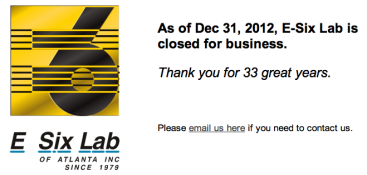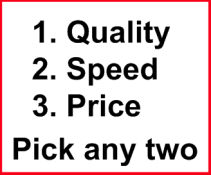ParkerSmithPhoto
Member
Printing / processing = not the same thing. You can get perfect 4X6 prints in seconds at any wallgreens printed on a dry fuji/nuritsu/epson machine for next to nothing. Optical printing is long gone anyways so what difference does it make?
Most costco and 1hour desks at stores no longer have wet anything, no minilabs no film processing.
Photo finishing is not doomed, its just transformed into something that is different.
The concept that one is a "pro" photographer, as opposed to someone who is just a plain old photographer is whats doomed, and for good reasons, none of which are the fact someone is grinding down the price (after all thats the basis of free market capitalism) and a natural occurring thing in all aspects of life.
If you do a test and send the same file to Walgreens, Costco and then to a good lab like Millers or White House Custom Color, you will see a remarkable difference in the side by side comparison. We have a Walgreens literally ½ mile from my house, and I wouldn't send a picture of a sidewalk to be printed there. It's just awful. I know they have a Fuji machine, but it just isn't being used or maintained properly. No good.
Costco has remarkably decent output, although color can be spotty, usually trending red. Good enough for family snapshots, quick 4x6 proofs, etc. Once you get to the 16x20 size they actually use large format inkjet which is quite good.
The price for an 8x10 at Millers or White House Custom Color is usually 4x what it would be at Costco, but the attention to quality and finish is remarkable, along with the customer service. (The competitive nature of the industry is such that if you don't have sparkling customer service, you will perish.) These two labs get 90% of my work, and for the finest art prints, my local large format Epson guy handles all of that. My lab bill last year was $12,000, and I could cut that considerably by using Costco, but with lower -- to me unacceptably -- quality.
The debate about "professionalism" in photography goes all the way back to the Daguerreotype days. The popularity of and demand for Daguerreotypes was such that the market was suddenly flooded with fly by night Daguerreotypists! There was a vigorous debate about who was a "professional" Daguerreotypist. This has been repeated over and over for decades.
The compression in the photo printing industry is primarily a result of people not printing their digital files. Too few customers + too many labs = lots of players going bankrupt. I can't tell you how many labs I've worked with over the years that just one day weren't there! Last year we lost our last E6 lab:










